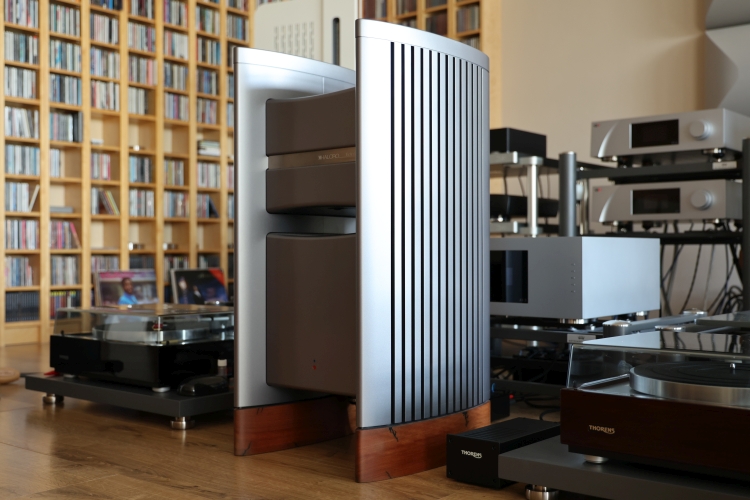
Listening
Of course, despite the warning, I could not stop myself from listening to the amp immediately after connecting it and powering it up in the morning right after it was delivered. Coming from the CH Precision A1.5, using the same power cable and interlink, it was certainly no letdown, far from it, in fact! The Halcro Eclipse performed more or less at the level of the A1.5 despite not being warmed up. Neutrality, linearity, transparency, low-level detail, and refinement, all these boxes were ticked right away. Honestly, it sounded really good. But I had to admit, beyond this, nothing stood out to make it extra special. Of course, the CH A1.5 already sets a very high standard, but surely, I felt, the Halcro must have more on offer. Fortunately, I was warned not to reach any conclusions prior to the amp having properly warmed up.
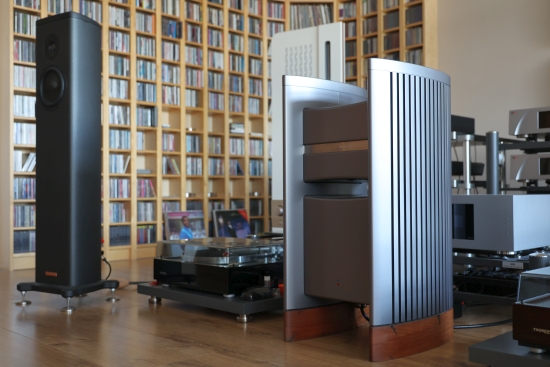
While the amplifier was left switched on, I tended to other business in the other room, returning to the audio system every now and then. Sure enough, with every hour it played, it got lusher, airier, and more refined. After a few hours, I noticed a major increase in fluidity, and later in the evening, the sound was beguilingly liquid and continuous. “Effortless”, in a word.
The next day, the amp was nice and warm—not hot, but clearly fully warmed up. Immediately after starting the first track, it was evident that the deep warming up had elevated the amp’s performance to a level that I had not yet achieved in this room. Just as Bert had indicated, the “specialness” comes after a day of warming up. But what precisely is this “specialness,” you ask?
I’m glad you asked!
But before I get to that, let me get the usual audiophile parameters out of the way. Much to the amplifier’s credit, I can be brief, as it simply matches or even “eclipses” most of the competition in very nearly all the usual parameters. Neutrality, linearity, low-level resolution, transparency, focus, refinement, air, spaciousness, and the list goes on. In all of these parameters, the Eclipse equals or betters any other amplifier I heard so far, including the CH. But this is where it gets really interesting as the amp takes all these qualities and adds unbelievable flow and what seems like eternal sustain. With typical transistor amplifiers, especially those with many parallel output devices, intermodulation distortion spoils the party by adding smear and making successive notes blur into one another. The opposite can also happen, with a distinct black hole between successive notes, which can be interpreted as a lack of self-noise but, in reality, could potentially be a result of limitations in the design. In real life, there is no intermodulation distortion, and there is never 100% silence between any two sounds. Rather, the sounds tend to linger on and decay naturally. This is where the Eclipse truly shines: instead of the aforementioned blurring on the one hand or black-hole choppiness on the other, it sounds utterly natural and gloriously non-transistor-like. The Eclipse has absolutely astounding low-level resolution but presents it in a natural, decidedly non-electronic, fully organic manner: fluidly and continuously and never etched.
If I had been seated in this system without knowing better, I would not have guessed a transistor amplifier produced this ultra-liquid and free-flowing performance, let alone one with a complex switching power supply and vanishingly low distortion. Adding to this, the amp has an unusually high damping factor but portrays absolutely zero of the typical aspects one would normally associate with such a design, such as overdamping or suffocating control. Evidently, all these properties do not necessarily lead to an aseptic performance but can also achieve the inverse!
There is an utter absence of transistor-like behavior, and the Eclipse excels in aspects that I would normally ascribe to a tube amp but without any coloration, thickness, slowness, or added bloom. Oh, there’s rich texturing and deep tonal saturation, but only when this is in the recording.
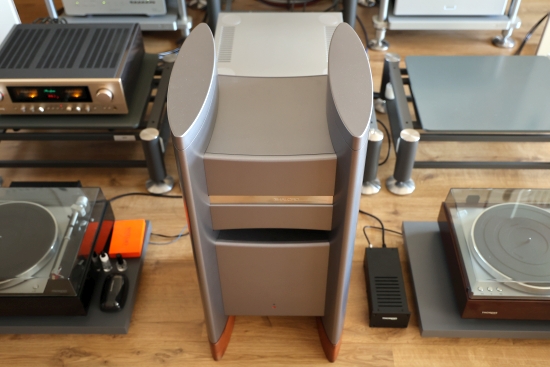
When the Eclipse was just powered on, it performed more or less on par with the CH A1.5. But when comparing it now, fully warmed-up, the Eclipse makes the A1.5 sound comparatively coarse and dry and, most of all, rather matter-of-fact. This came as quite a shock. So far, the A1.5 has made all other transistor amplifiers sound like, well, transistor amps. More specifically, one of the CH amp’s key strong aspects was that it so successfully avoided sounding like a transistor amp and offered fluidity, refinement, and air not normally available from a big transistor power amp. The Halcro is tonally just a little bit warmer but otherwise just as neutral and essentially free of inherent character. It sounds relaxed yet nimble, fast, and spritely. In addition, it is even silkier, more free-flowing, and incomparably more liquid. Even difficult recordings with many overlapping instruments in complex arrangements retain perfect definition and despite its relaxed and fluid nature, the amplifier simply refuses to clog up. All this amounts to a sonic rendition that is, perhaps most of all, natural and lifelike.
This made me think of another unusual amplifier, which is the SAEQ Hyperion Ge. Don’t get me wrong, this humble amp is in many ways not the Halcro’s equal, and certainly not in terms of power, but it does resemble it in terms of the overwhelming sense of liquidity and naturalness, and in that case, also coming from a solid-state design, albeit one that uses Germanium transistors.
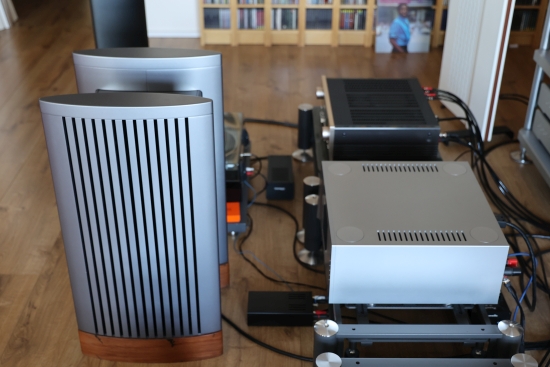
There’s also something special in the Halcro’s bass. It’s not thicker, louder, quieter, or leaner, but at once lush and free, as well as highly detailed. In the lowest bass, I heard subtle details like the scraping or plucking of strings, now more present than ever. But, again, not forceful or overaccentuated, but in an entirely natural manner. The bass does not go lower, but the amplifier has a way of unveiling hitherto unheard details, which makes it sound even more linear and revealing than the CH, even though it does not behave any more explicitly.
While on that subject, the Eclipse possesses amazing resolution and unveils hitherto unheard details, but in comparison, and using the same cables, the Eclipse does feel a little rounder on the transients, less incisive in the bass, and perhaps a bit over-polished and certainly more reticent in its expression and impact than the A1.5.
The redeeming quality of the CH is that it has more grip in the bass and sounds more articulate and expressive. But even so, the Halcro is dynamically easily as capable.
Now, I mentioned using the same cables so that the two amplifiers are judged on equal grounds. Although… the CH was not placed on the floor, it had the advantage of the Artesania Aire platform and its Krion linear arms. But never mind that, as the single tweak that I did next would prove transformative for the Halcro.
The Unexpected Influence of the Power Cable
So, I make no secret of using Belden power cables. I use these in addition to GigaWatt and other cables for certain components, such as the CH preamp and DAC. But the digital components, as well as review components, usually are powered using the Belden cable. The type I use is the well-known 14-3 SJT series 19364. But a little-known fact is that this cable comes in three variants. The only time I encountered the first variant was with cables that came with Jeff Rowland amplifiers. They looked just like all Belden cables but were unshielded. The second variant is probably the one that most people with over 10 years of audiophile experience know and use, with a foil shield. The third (and still current) variant has all the same properties as the second variant but uses thinner conductors and, contrary to the second variant, specifies this on the outer sleeve as 2.08 mm2. Indeed, the 2,5 mm2 cable has “silently” been reduced to a smaller diameter. Leaving out the first variant due to its rarity, there is indeed a sonic difference between the second and third variant. The second variant (with the thicker conductors) sounds more relaxed and free-flowing, while the third variant (with the thinner conductors) sounds tighter, more incisive, and more explicit. Otherwise, the two are still recognizably “Belden-like” in their overall behavior. Over the course of time, I all but phased out the second variant and predominantly used the third variant so that my components, as well as review components, are treated equally.
I am explaining this because my CH amp is the exception to the “Belden rule” in that I feel it sounds most well-balanced with the second Belden variant. Evidently, the CH amp’s tightness and control is perfectly offset by the power cable’s relatively more relaxed nature. But because the CH amp used this cable variant, the Halcro had to use the same cable in the name of equal grounds. As we know now, the Halcro is much more fluid and relaxed than the CH, thus, the next logical step was to swap its power cable to the third variant.
Sure enough, as soon as I had swapped the power cable, with the amp still warm but no further running in, the difference was clear as day. Gone were the mild polished nature and reticence, replaced with a performance that was still organic, liquid, lush, and gently sweet but every bit as intimate, impactful, and communicative as the CH’s.
The Halcro’s bass is not of the “chiseled-from-granite” kind, which is one reason it sounds so organic. In this area, the A1.5 remains arguably, at least technically, more impressive, although this advantage in the bass carries on through the entire frequency range, leading to relatively “square” treble and an overall more technical presentation than typical tube amplifiers… or indeed the Halcro amplifier. Previously, I had assumed that when treble was exceedingly fluid, it had to be the result of smear and inaccuracy. While this is probably true in many cases, it does not apply to the Halcro. The Eclipse allows me to hear more low-level detail, not less! And yet, it is supremely liquid.
Otherwise, the return to my own amp was rather sobering… All of a sudden, the magic collapsed, and the performance became matter-of-fact. Oh, it was still very, very good, but relatively “blunt” and considerably less liquid. In a word, the CH was more mechanical, with a strongly reduced sense of naturalness. It was as if I went from a superb tube amplifier with infinite resolution, engulfed in an emotionally transformative performance, to a really good transistor amplifier, with the emotional content much reduced. Rhythmically and dynamically, the A1.5 still ticked the boxes for me, but the human, intimate, organic, mesmerizing components just did not come across as vividly anymore.
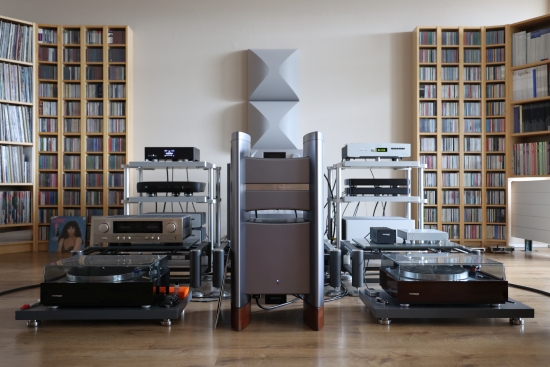
Conclusion
Honestly, I did not think the moment would come that another transistor amplifier would put up serious competition for my treasured CH A1.5, but here we are. For its exceedingly natural, liquid, organic, and infinitely resolving rendition, as well as its emotionally transformative performance, the Halcro Eclipse is the top of the bill.
Such elevated performance comes with a very serious price tag, but as it stands, this is, quite simply, the best amplifier I have heard, be it tube or transistor. And for that, not only do I highly recommend it, but also award it with the Magnificent Masterpiece award!

External Links
Manufacturer: Halcro
Terrason Audio
Distributor for Belgium, Netherlands, Luxemburg
Prestige Audio Diffusion
Distributor for France & Monaco & Switzerland
Contact : Marc Loubeau
Tel: +33(0)6 49 89 68 88
Email: contact@prestigeaudio-
Two portfolios :
Prestige Audio Diffusion: www.prestigeaudio-diffusion.
Prestige Audio Selection: www.prestigeaudio-selection.fr
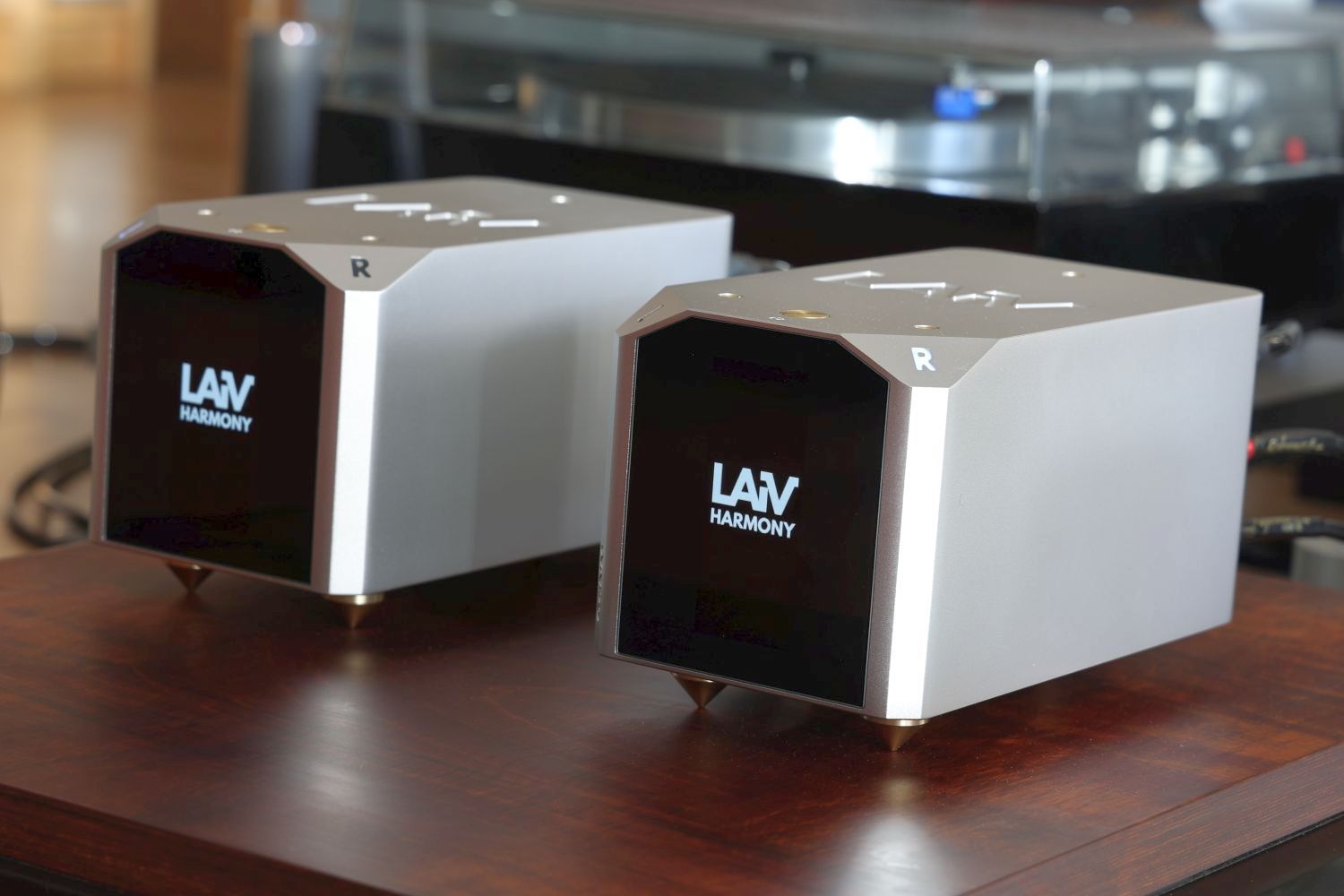
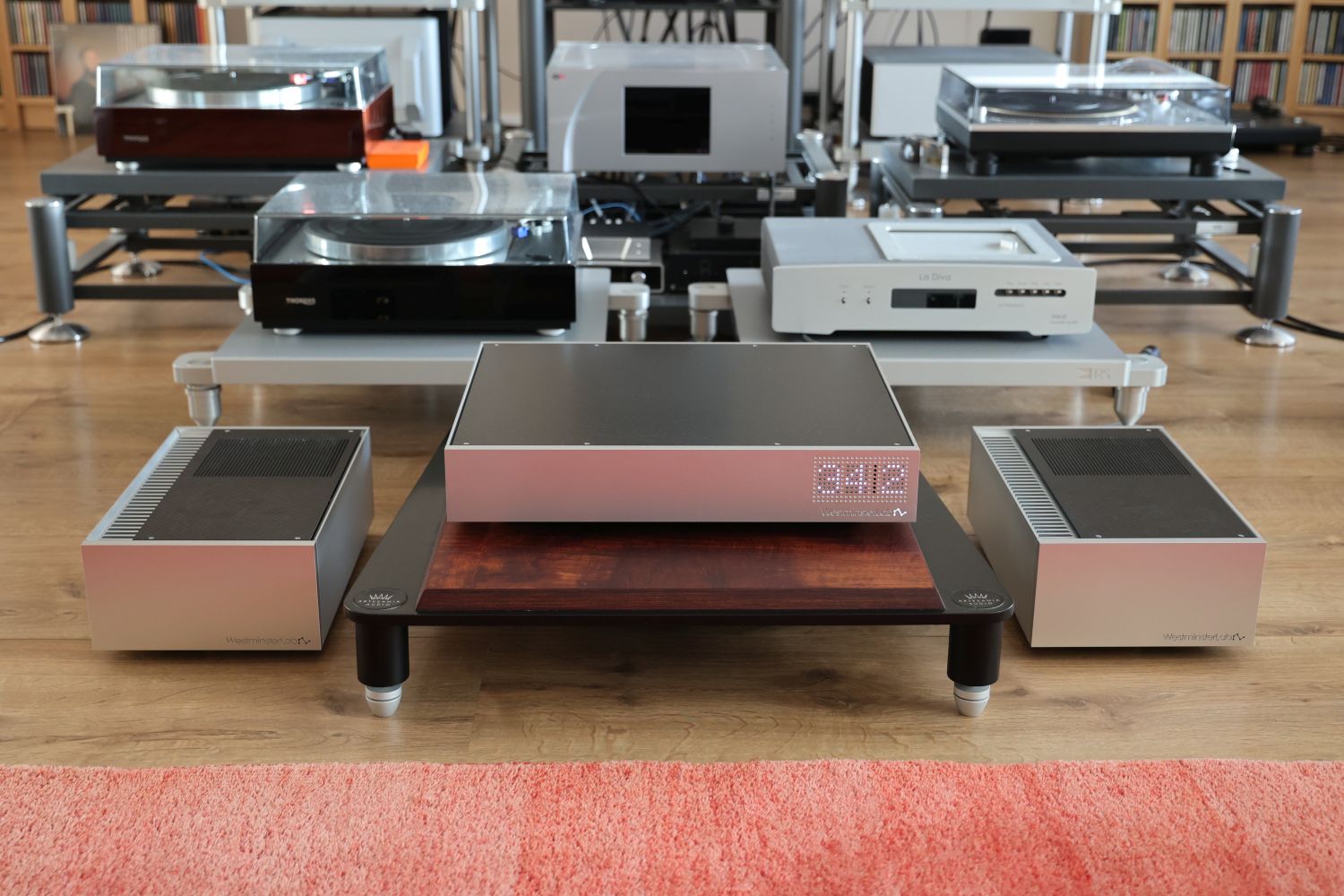
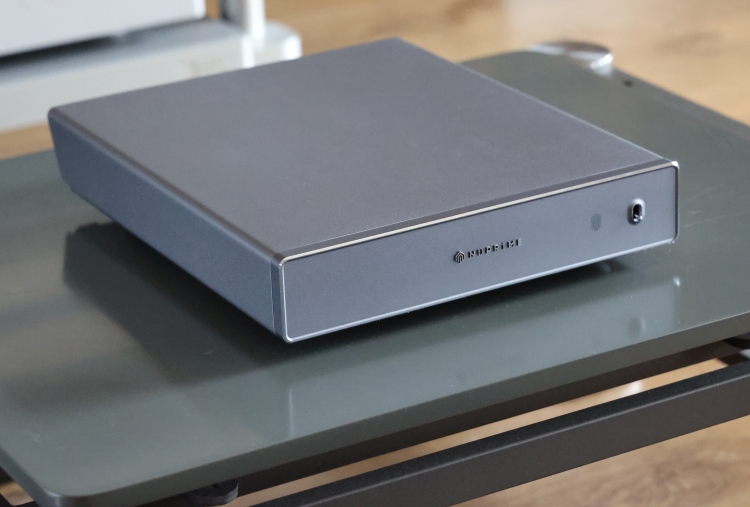
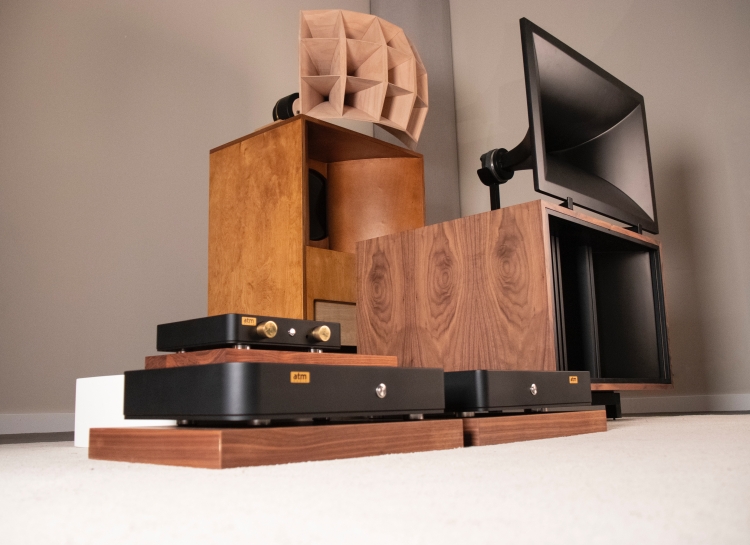
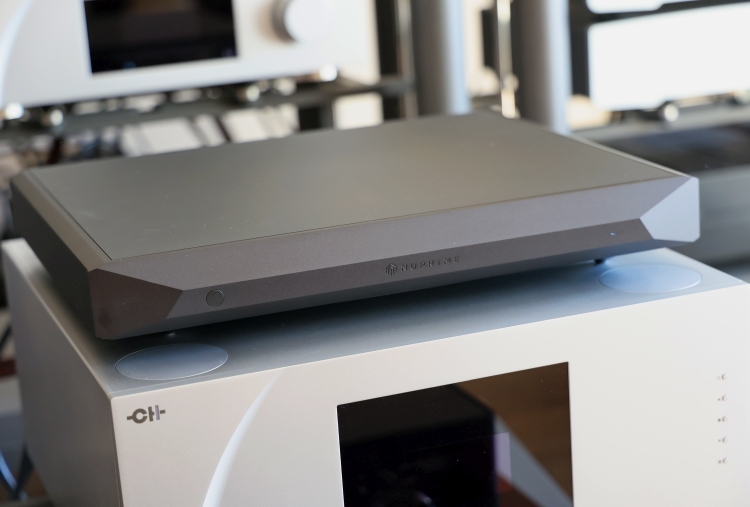
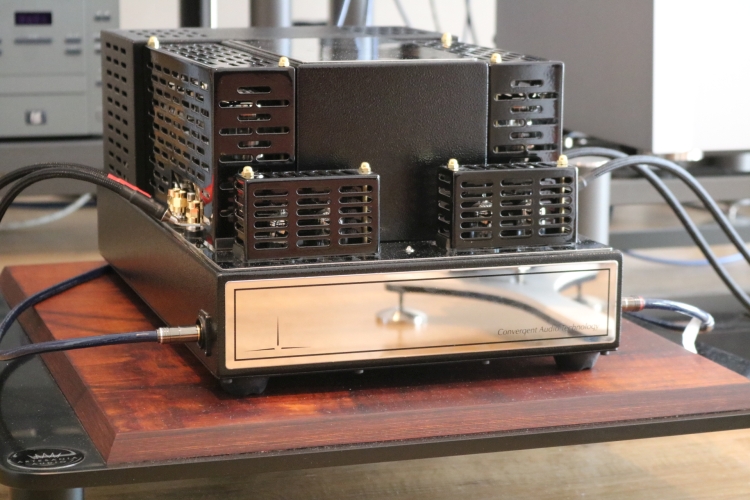
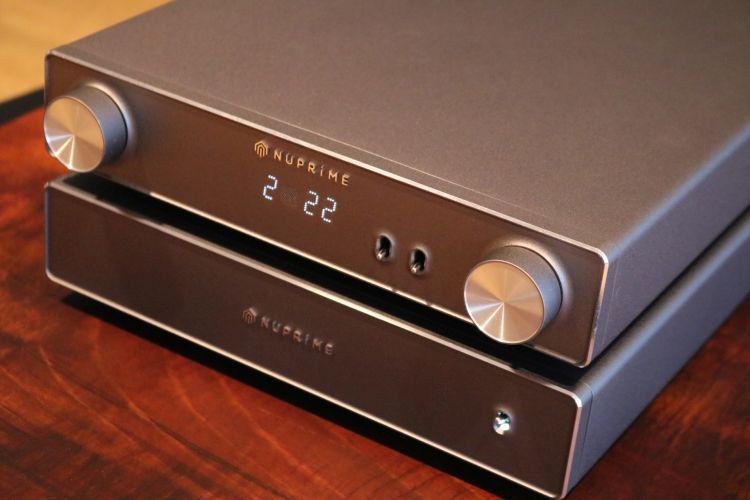
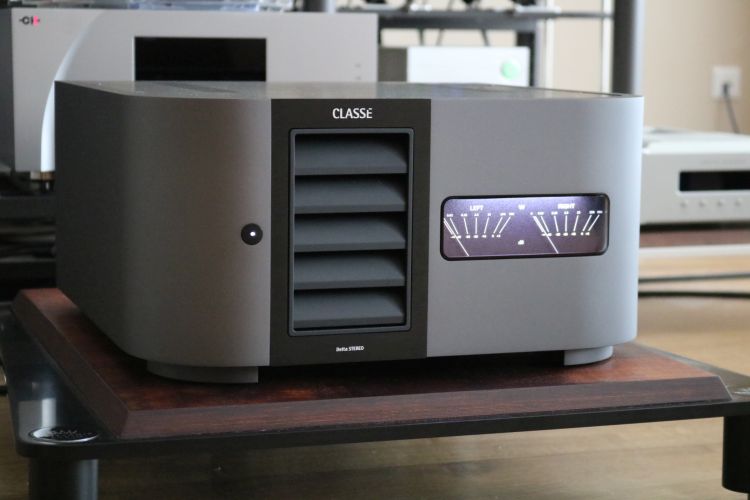
Halcro may claim that the current limitation on the amplifier has no effect in real life, but my experience is the contrary: current limited amplifiers do not drive “impedance challenged” loudspeakers very well. I confirmed this by listening to the original Halcro DM58 monoblocks many years ago trying to drive the original Sonus Faber Extremas, and not succeeding very well, over a period of two weeks in my system at that time. HiFi News May 2023 reviewed the new Halcro Eclipse, and confirmed a maximum current of only 10.4 Amperes. In my experience, a top of the line modern monoblock with pretensions to be able to drive difficult speakers (and let’s face it, many of the top models today are difficult to drive) should be able to output a maximum current of at least 50 – 60 Amperes. I note as an aside that even the integrated amplifier Musical Fidelity Nu Vista 800.2 (tested by HiFi News August 2023) is capable of outputting 46.9 Amperes.
Fascinating review thanks Christian. I remember reading about Halcro way back when nice to get the whole story.
Hi Christiaan, ever considered reviewing one of the Pilium amps?
Good suggestion! I got interested in these amplifiers after hearing the combination with the Magico S3s last year in Munich where it seemed like a great pairing. I was actually considering looking into reviewing them but other work got in the way. I guess I’ll have a chat with the local distributor to see if we can organize a review.
I just heard the Halcro driving a pair of Estelon X Diamond MK II’s to highly realistic levels. The Estelons definitely require a very firm grip and I can confirm that the Halcro did not only sound jaw-droppingly good, but also drove these demanding speakers incredibly well, with total control even on complicated tracks with huge dynamic range. This amplifier is an absolute winner. I can only begin to imagine what two of them can do …
In Munich, I heard what the pair can do, combined with the new Equinox preamp and the new Marten Coltrane Quintets, adn it is quite the match made in heaven! You can read more about this in the Munich High End 2024 Show Highlights that I published today.